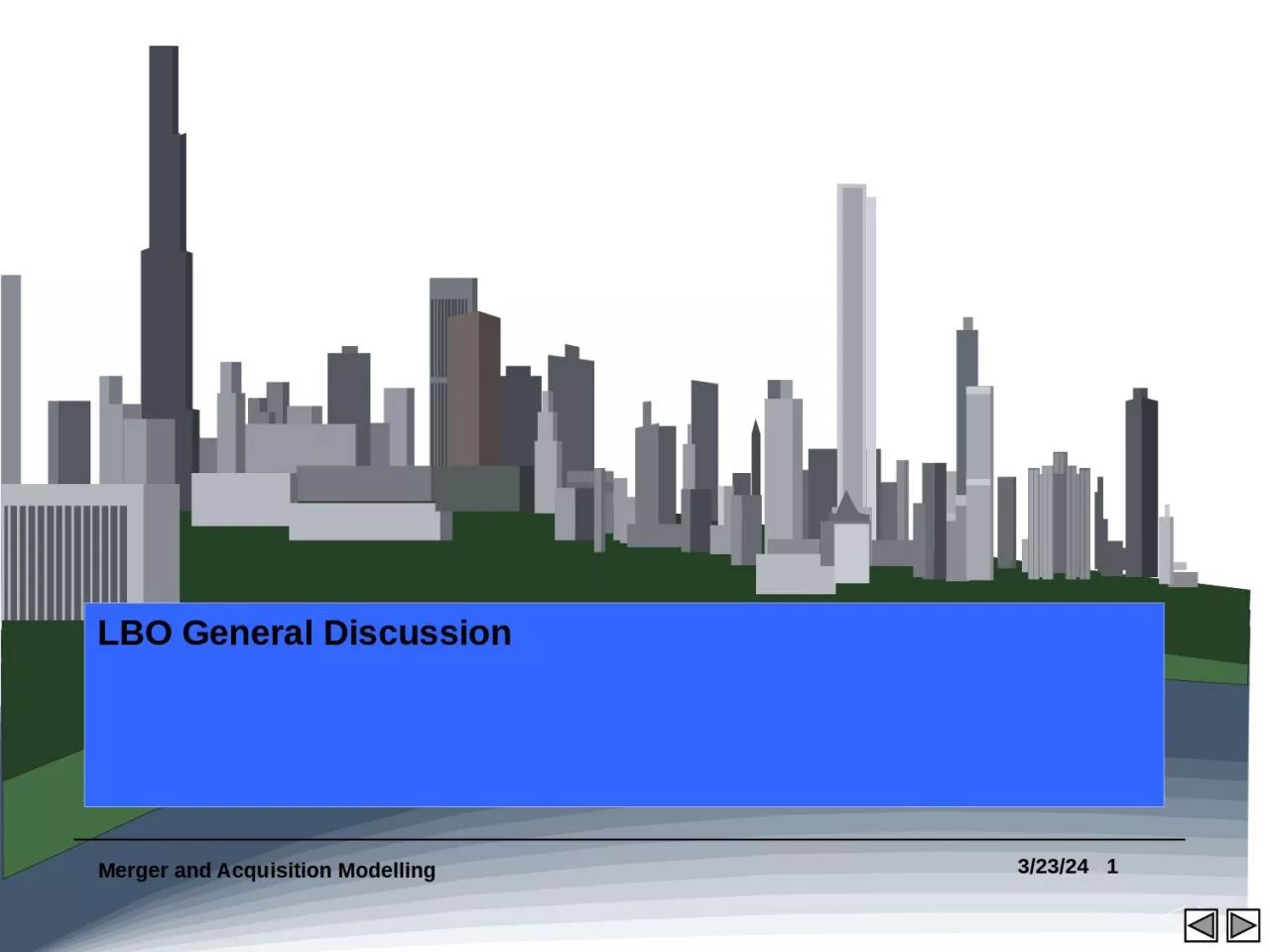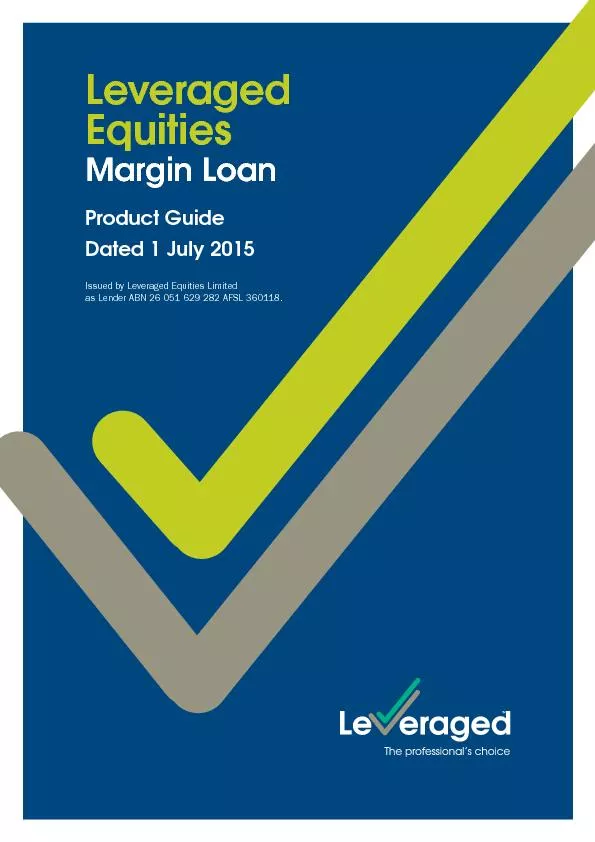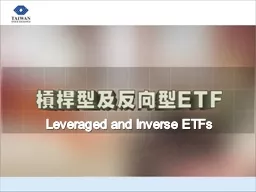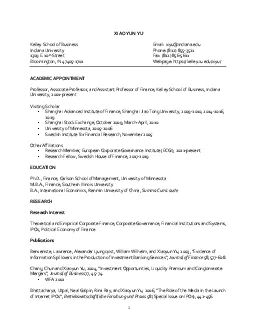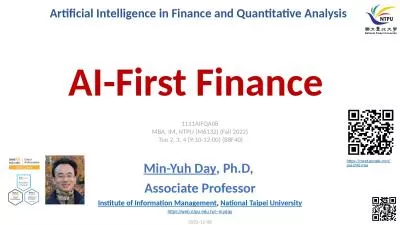PPT-LBO General Discussion Leveraged Finance - Introduction
Author : gelbero | Published Date : 2023-11-03
Leveraged Finance simply means funding a company or business unit with more debt than would be considered normal for that company or industry Higherthannormal debt
Presentation Embed Code
Download Presentation
Download Presentation The PPT/PDF document "LBO General Discussion Leveraged Finance..." is the property of its rightful owner. Permission is granted to download and print the materials on this website for personal, non-commercial use only, and to display it on your personal computer provided you do not modify the materials and that you retain all copyright notices contained in the materials. By downloading content from our website, you accept the terms of this agreement.
LBO General Discussion Leveraged Finance - Introduction: Transcript
Download Rules Of Document
"LBO General Discussion Leveraged Finance - Introduction"The content belongs to its owner. You may download and print it for personal use, without modification, and keep all copyright notices. By downloading, you agree to these terms.
Related Documents

